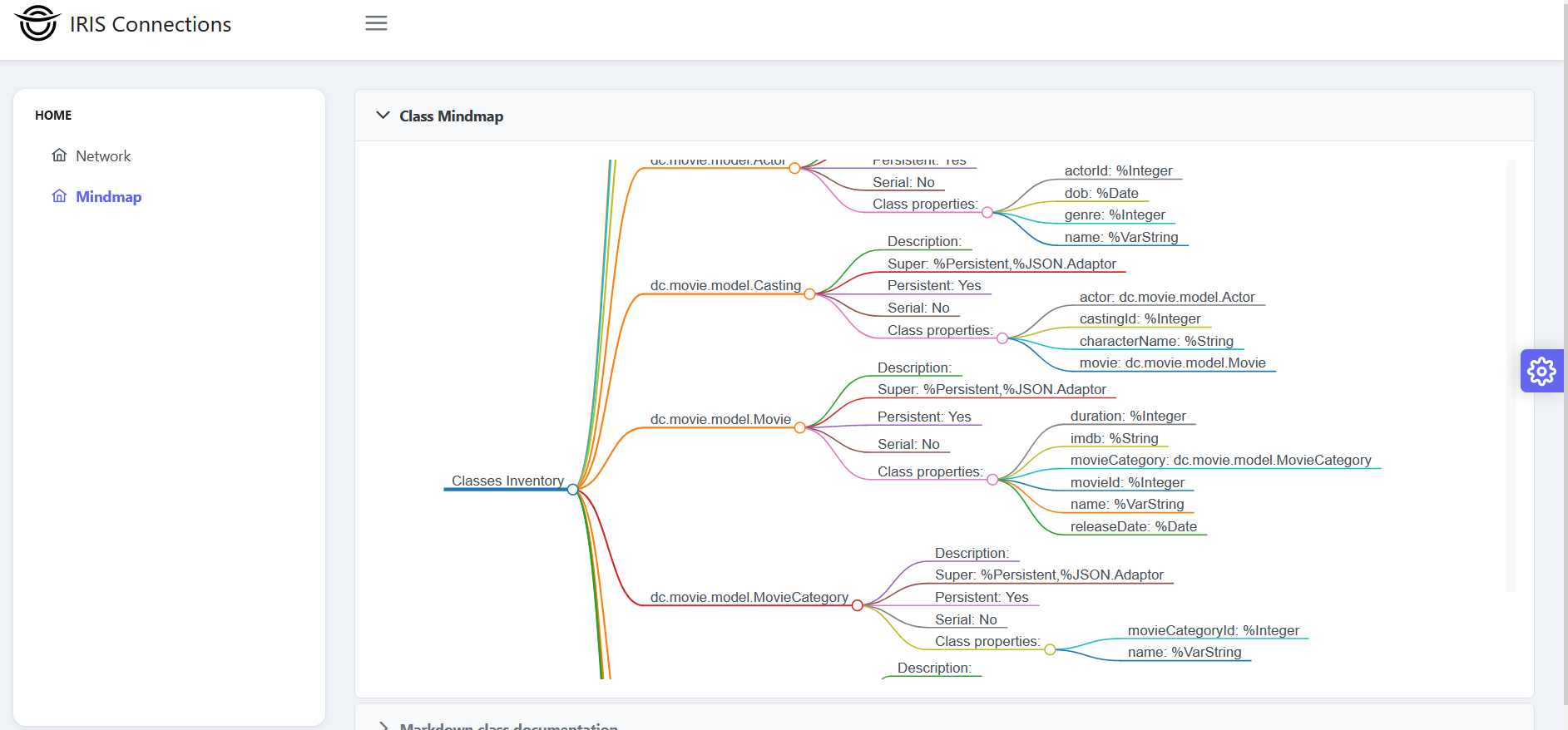Hi folks!
Sometimes when we develop a mockup or PoC there is a need for a simple interface that will provide data in IRIS in JSON against SQL queries.
And recently I contributed a simple module that does exactly that:
accepts SQL string and returns the JSON.
How to install? Just call:
zpm "install sql-rest"If you install it in a namespace X it will setup a /sql endpoint to your system that will accept POST requests with SQL string and will return the result for you for the data available in the namespace X.





.png)
.png)

.png)